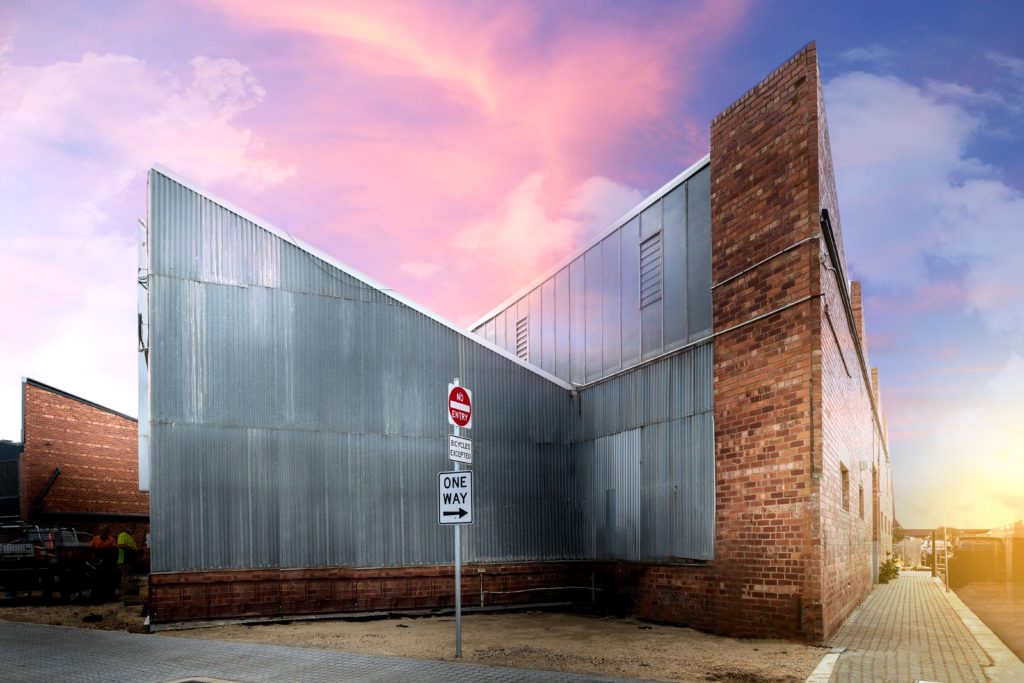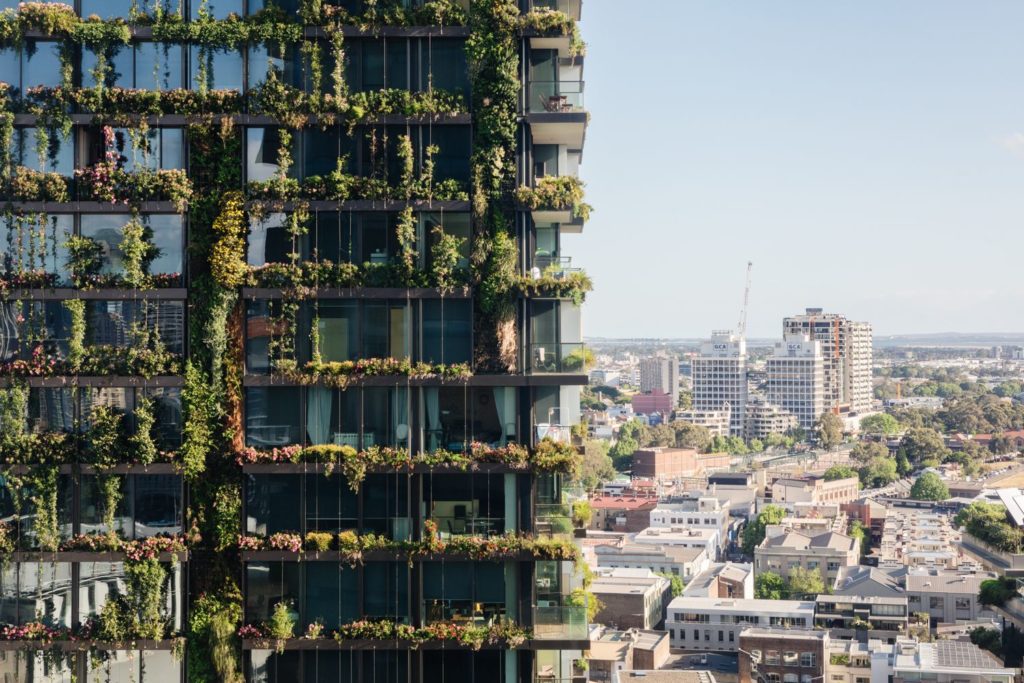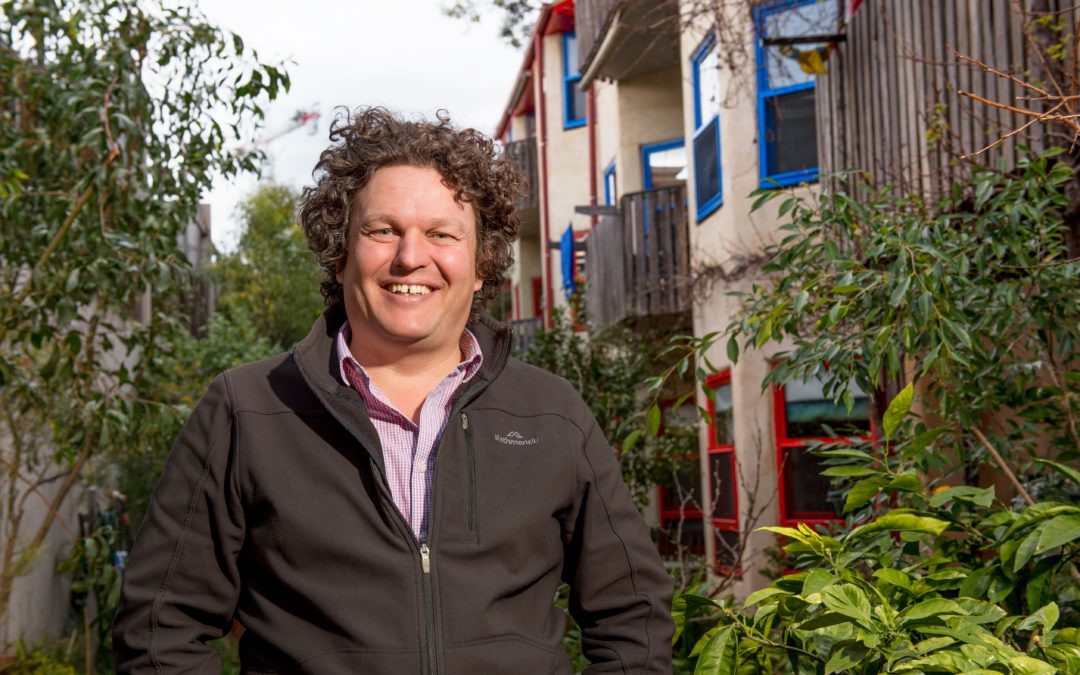In Density by Design (AUS), Dr Josh Byrne is on a journey of learning, seeking out the leading minds and ground-breaking ideas on sustainable higher density residential projects around Australia, that are inspiring change through demonstration.
Series Producer and Director Brendan Hutchens spoke to Melbourne WebFest about the creative innovations necessary to make urban expansion sustainable, and how that translates into the web series format.
What got the conversation started around making a web series about residential development?
Density by Design was the fourth web series produced by VAM Media working with environmental scientist Dr Josh Byrne that linked to an open source research project.
We began with Josh’s House which followed the design and build of two ten star high performance homes on the one suburban block near Fremantle in WA. This was a groundbreaking project with it’s coupling of the practical design and build of sustainable homes with an attached research project and web series that followed the build and operation of the home once occupied. This is a destination project for industry, government and the broader community.
We followed this up with Star Performers which looked at other examples around Australia of excellent high performance home projects. Again this was attached to a comprehensive research project.
Living Labs was the third series that focused on the importance of occupant behavior and access to data in the mix of creating high performance homes. We followed ten households as they looked to improve their energy and water use purely through gaining knowledge and making changes.
Density by Design was the obvious next step as the research looked to focuss on precinct scale developments that looked to achieve greater overall sustainable performance and a lower carbon footprint. A hot topic and an important shift in terms of affecting a business as usual approach and market demands while looking to achieve greater housing density especially through urban infill, with an improved environmental outcomes that are achieved through really good design. We pitched the series as challenging the great Australian dream of the 4 x 2 on a quarter acre block.
Density by Design Trailer
What were your key points of focus in making a series about residential development and design interesting for your audience?
There were a number of factors to consider here. The potential audience is very broad and come from different realms. Industry, government and home owners / prospective home owners. The content needed to be visually interesting but delivery of information was also a key factor. We decided to do that through a conversational approach so as not to come across as dry and given the series is also about good design we wanted to reflect that in firstly the way it was shot but also in things like the title design, music and website. The series design had to be consistent across all of these.
We also wanted to think about not just the operation and economics of the developments we showcased but also their aesthetic. To communicate this we invited a number of architectural photographers to appear in the series and comment on the look and feel of the places they visited both in the episodes and via short photo essays available to view on the website.

What was your greatest challenge creating the series?
Probably time and budget. If we had a week to shoot in each location it would have been amazing. We could then really spend more time on the filming of the buildings capturing for example night and day, time-lapses and following more occupants as they live day to day. This would have really lifted the series to the next level. Budget for more time in post always helps as wel, l just to really make each episode hum and have proper time for audio post and grade which always suffer with a tight budget. Having said that I also think that budget and time constraints often make you work smarter and brings a real sense of collaboration to a small team and participants.
What is your favourite part of the series?
I think the inclusion of architectural photographers is an interesting part of the series and I really like that. It was nice to just think about aesthetics and hear a different take on the conversation. I also like thinking back on the travel we did, the places we visited and the people we met. Making projects like this allows for incredible access and the willingness to participate from the people we approached to be part of the series was so positive. It’s a real privilege and I really enjoyed working on Density by Design.

How did you fund your series?
Density by Design was attached to a research project so there was funding for that and the web series was part of the communications side of the research. We did need to pull together some extra funding to make this happen. The major contributor was the CRC for Low Carbon Living along with Curtin university and the City of Fremantle. The web series has proved to be a really effective tool in many ways while also being interesting and entertaining.
Overall, how long have you been working on your series?
The journey spanned 3 years. There were some main blocks of filming with the first block being four episodes of interstate shoots and then following a development as it was built over a two year period through a further six episodes.
If they only took one thing, one message, what would you like the audience to take away from the series?
The move to greater housing density doesn’t have to mean more dull and boring cookie cutter apartment blocks. This shift can be successful and positive with good design.
FOLLOW DENSITY BY DESIGN

